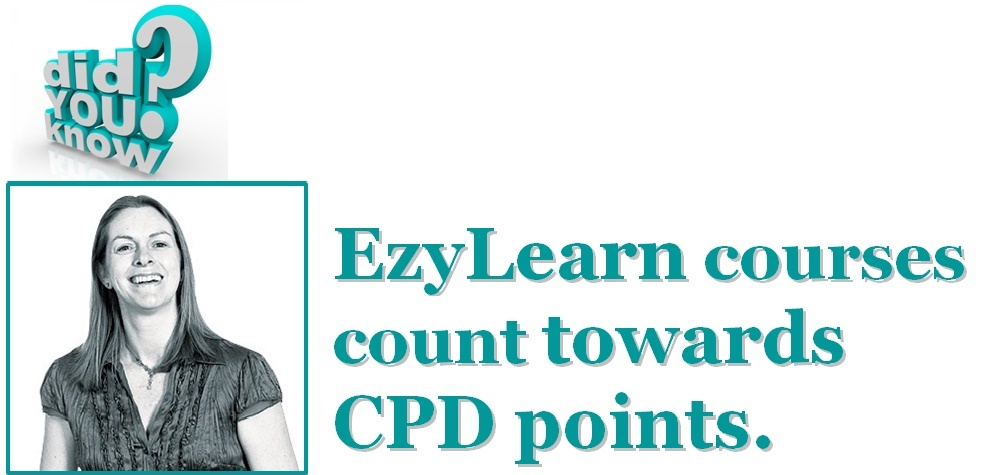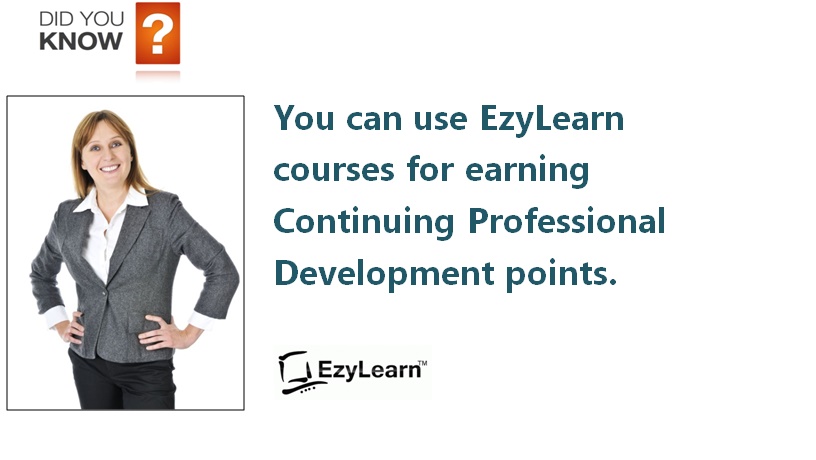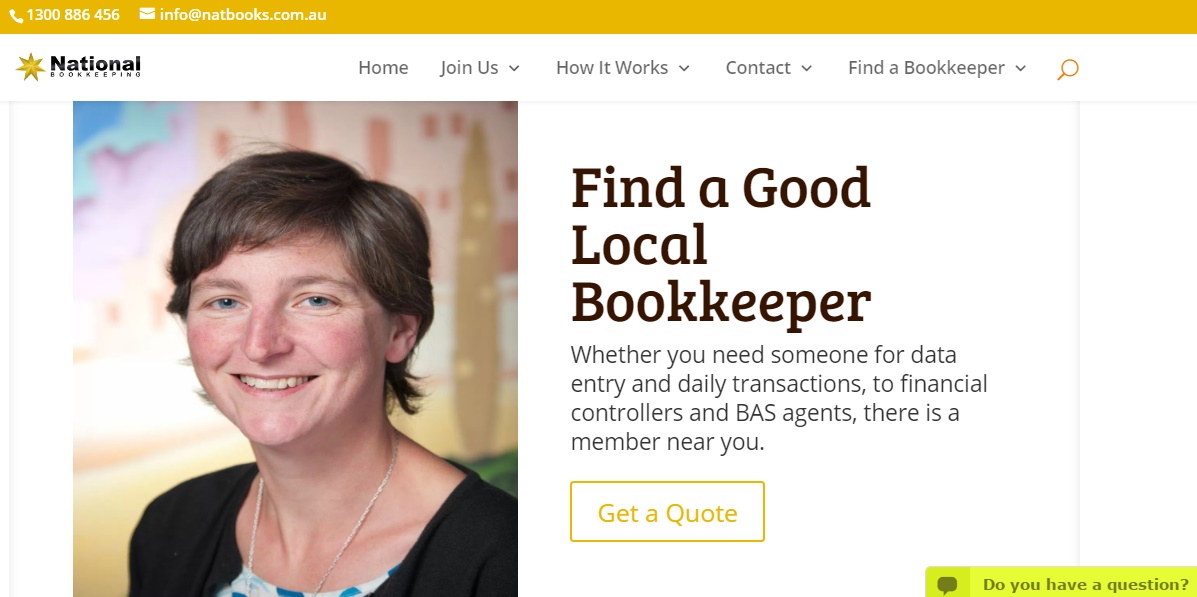What to do about capital gains and losses

IF YOU DECIDE TO buy your business premises it will have an effect on your tax. Our Xero training courses will show you how to account for your business premises, but here is what you need to consider about your tax and GST obligations.
Capital gains tax (CGT)
If your business will be operated out of the premises you buy, it will be subject to CGT when, or if, it is later sold. As such, you need to keep records about when and for how much the property gained so you can work out the capital gains when you sell it.
Capital gains occurs when the amount the property is sold for is greater than what it originally cost to acquire it. If the property is sold for less than its original purchase price, this is known as a capital loss.
Capital losses
If you make a capital loss when you dispose of the premises, you can use that loss to reduce any other capital gain you might have also made in the same year — another property or shares in another business, say.
If you haven’t made a capital gain in the same year, you can use the capital loss to reduce a capital gain in a later year, but you cannot use a capital loss for any other income.
Income tax deductions
If the premises is used to run a business, or is available to rent for that purpose, you can claim tax deductions for expenses associated with owning it; such as interest on a loan to buy the property and maintenance expenses. Keep records of your expenses from the start, so you can claim everything you’re entitled to.
GST
If you buy commercial premises, you may be eligible to claim a credit for the GST included in the purchase price. Additionally, you may also be able to claim GST on other expenses that relate to buying the property — such as the GST included in solicitors’ fees and ongoing running expenses.
However, you can’t claim GST in the following instances:
- The seller used the margin scheme to work out the GST included in the price
- You purchase property from someone who is not registered or required to be registered for GST
- You purchase the property as a GST-free supply
- You’re not registered for GST.
Keeping track of the purchase and expenses related to your business premises properly in your accounting software is vital to the ongoing financial health of your business — and accurate tax and activity statements.
***
Our Xero training courses will teach you how to run different financial reports. Visit our website for more information.

EzyLearn Excel, MYOB and Xero online training courses count towards Continuing Professional Development (CPD) for bookkeepers and accountants. We’ve been an accredited training provider of the Institute of Certified Bookkeepers ever since the organisation started in Australia. Find out how CPD points can be of benefit to you.




 EzyLearn Excel, MYOB and Xero online training courses count towards
EzyLearn Excel, MYOB and Xero online training courses count towards 
 At EzyLearn we are constantly refreshing the content of our online training courses. Relevant to those of you doing Payroll, might be our
At EzyLearn we are constantly refreshing the content of our online training courses. Relevant to those of you doing Payroll, might be our 




 A bookkeeping procedures manual clearly identifies the regular tasks and activities your bookkeeper needs to take each week, fortnight, month or quarter to ensure your bookkeeping is kept up-to-date. This not only gives you the peace of mind that your bookkeeper is staying on top of your books, but it also helps you to understand what’s going on with your business.
A bookkeeping procedures manual clearly identifies the regular tasks and activities your bookkeeper needs to take each week, fortnight, month or quarter to ensure your bookkeeping is kept up-to-date. This not only gives you the peace of mind that your bookkeeper is staying on top of your books, but it also helps you to understand what’s going on with your business.





 Magazine or journal subscriptions, domain name registrations, business name registrations, car registrations, website fees, insurances — collectively they add up, but they’re also the easiest to forget.
Magazine or journal subscriptions, domain name registrations, business name registrations, car registrations, website fees, insurances — collectively they add up, but they’re also the easiest to forget. 












